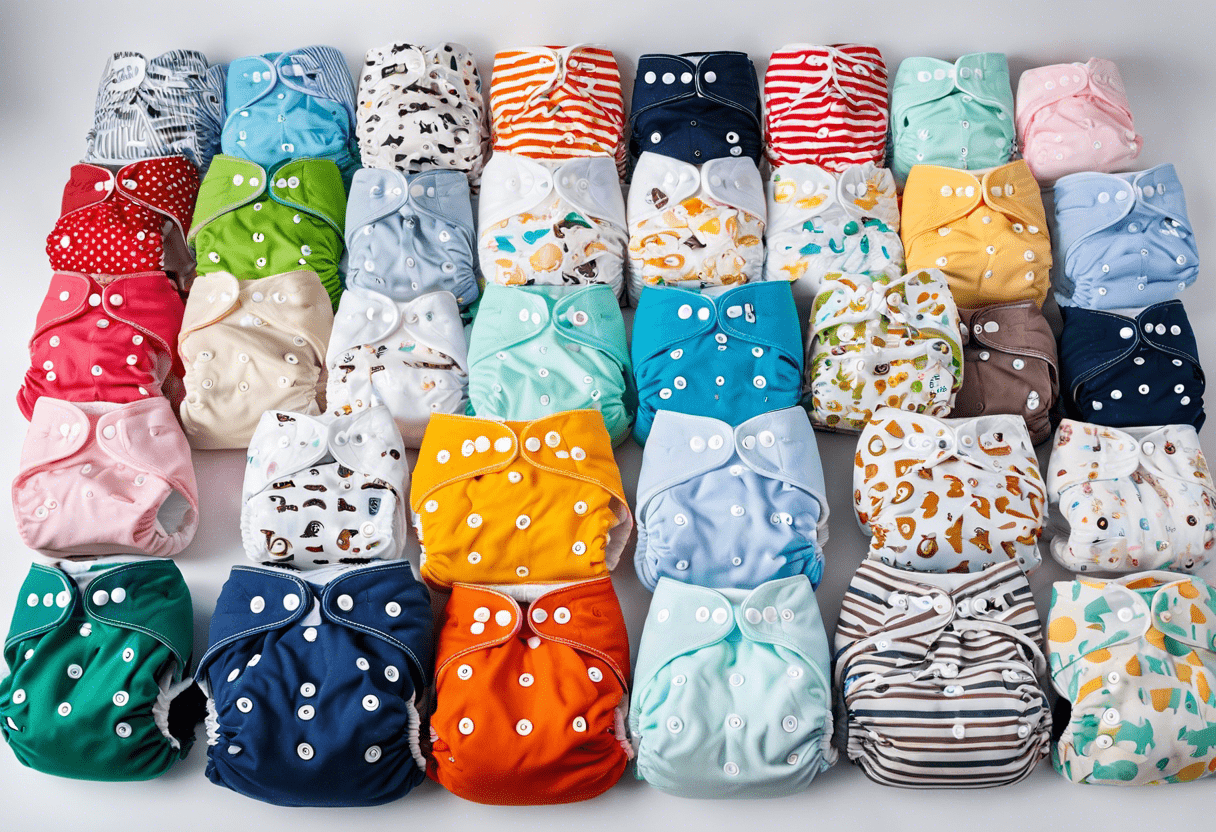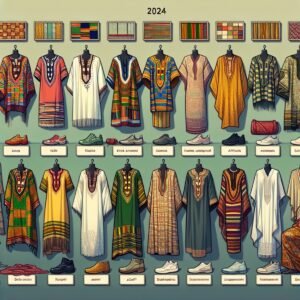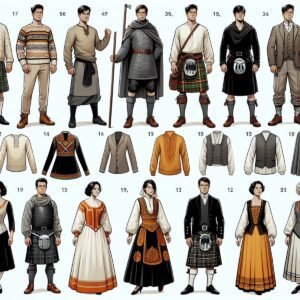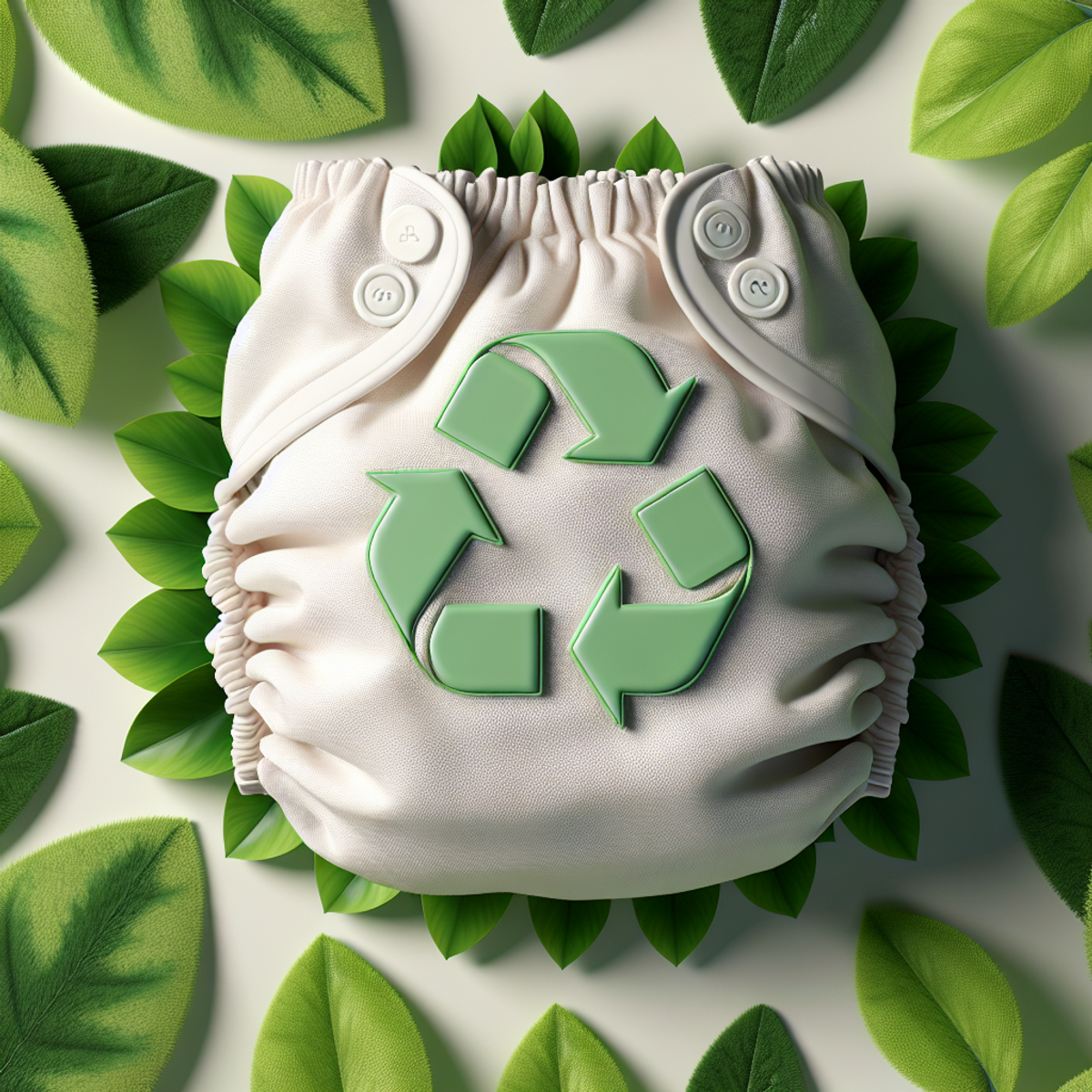
Introduction : How to Reuse Cloth Diapers
Cloth diapering is becoming more popular as an eco-friendly choice for parents who want to reduce waste and lessen their impact on the environment. By opting to use cloth diapers again, you can make a significant contribution to a sustainable future while also ensuring your little one’s comfort and well-being.
In this guide, we will discuss why reusing cloth diapers is important and provide you with a step-by-step approach to doing so effectively. By understanding the advantages of reusing cloth diapers, selecting the appropriate ones for reusability, and mastering the art of proper maintenance, you can prolong their lifespan and optimize their value.
Key Takeaway: This comprehensive guide will equip you with the knowledge and abilities needed to embrace cloth diaper reuse as a sustainable parenting decision. Let’s delve into it and explore how you can positively impact the environment while also saving money in the process.
Understanding the Benefits of Reusing Cloth Diapers
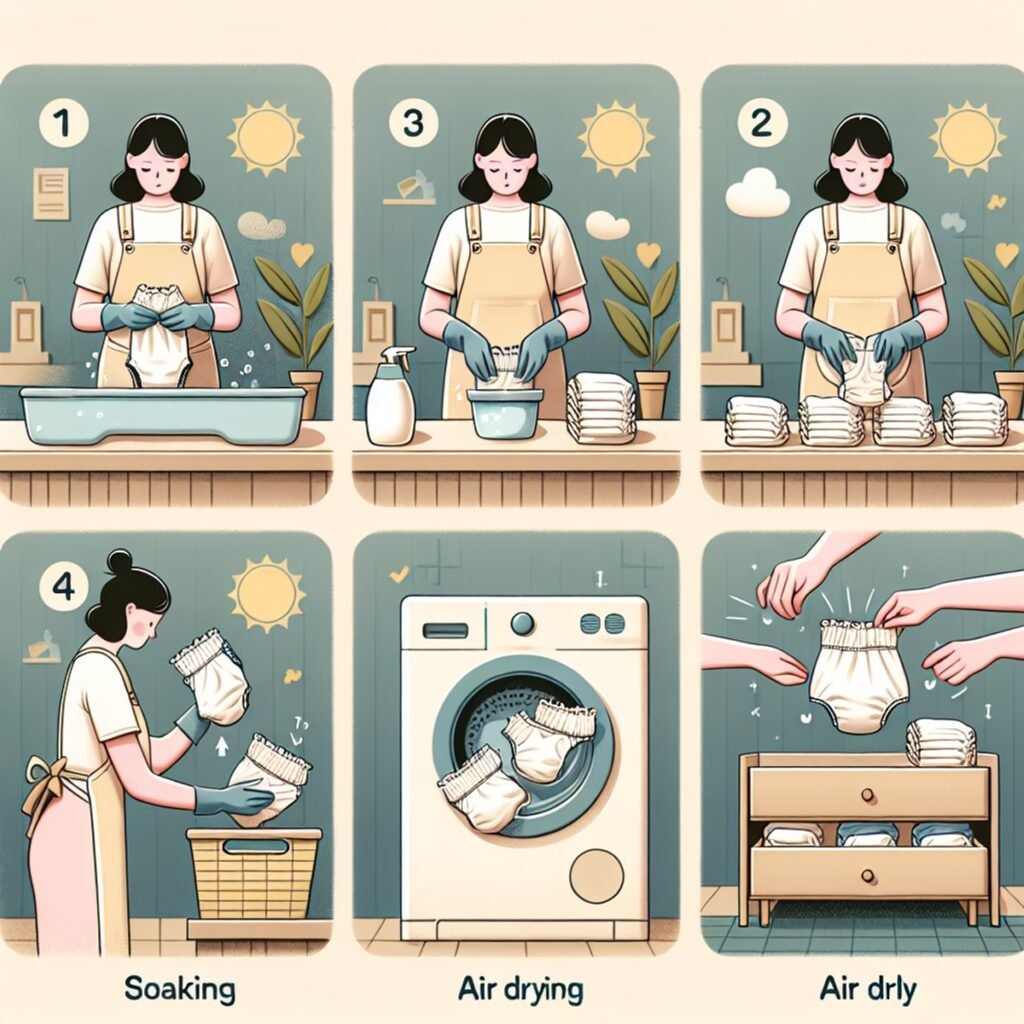
Cloth diapering is not only a sustainable choice for parents but also offers several benefits when it comes to reusing diapers. Let’s explore the positive impact on the environment and the financial advantages of reusing cloth diapers:
1. Reduced Landfill Waste
By reusing cloth diapers, you significantly decrease the amount of waste that ends up in landfills. Disposable diapers can take hundreds of years to decompose, contributing to environmental pollution. Reusing cloth diapers helps mitigate this issue by minimizing the volume of non-biodegradable diaper waste.
2. Decreased Energy and Water Consumption in Manufacturing Process
Opting for reusable cloth diapers reduces the overall demand for disposable diapers. According to a report by UNEP, the production of disposable diapers consumes substantial amounts of energy and water, leading to a higher carbon footprint. By reusing cloth diapers, you contribute to conserving these resources and lessening the environmental impact associated with manufacturing disposable alternatives.
3. Saving Money through Cloth Diaper Reuse
Beyond environmental benefits, reusing cloth diapers also offers significant financial advantages. Instead of continually purchasing disposable diapers, investing in a set of high-quality cloth diapers can lead to substantial long-term savings. According to Green Action Centre, cloth diapering can potentially save families thousands of dollars over the course of their child’s diapering years. With proper care and maintenance, cloth diapers can be reused for multiple children or repurposed for various household needs, making them a cost-effective choice for eco-conscious families.
By embracing the reuse of cloth diapers, you not only contribute to environmental preservation but also enjoy practical economic benefits, making it a sustainable and sensible parenting choice. Additionally, initiatives like Recyclops are further promoting the reduction of diaper waste and encouraging the adoption of reusable alternatives to protect our planet for future generations.
Different Types of Cloth Diapers: Choosing the Right Ones for Reusability

When it comes to cloth diapers, there are various types available on the market. Understanding the different varieties and their suitability for reuse can help you make an informed decision. Here is an overview of common cloth diaper varieties and how each type works:
Traditional Diapers:
- These are the classic cloth diapers that require folding and fastening with pins or snappis.
- Traditional diapers are highly versatile and can be customized for a perfect fit.
- They are suitable for repeated use as they can withstand multiple washes without losing their effectiveness.
Prefold Diapers:
- Prefold diapers consist of multiple layers of fabric with extra absorbency in the center.
- These diapers require folding and fastening with pins or using a diaper cover.
- Prefold diapers are durable and can be reused extensively, making them a cost-effective choice.
All-in-One Diapers:
- All-in-one (AIO) diapers are designed to be as convenient as possible, with the absorbent layers sewn into the outer waterproof shell.
- They are easy to use and mimic the disposable diaper experience.
- AIO diapers may have a longer lifespan if properly cared for, but they tend to wear out faster compared to other types. However, some parents find them worth the convenience despite this drawback.
Fitted Diapers:
- Fitted diapers are highly absorbent and provide a snug fit due to elasticized leg openings and waistbands.
- These diapers require a separate waterproof cover to prevent leaks.
- Fitted diapers are known for their durability and can be reused multiple times before showing signs of wear.
Pocket Diapers:
- Pocket diapers consist of a waterproof outer shell with a pocket opening where you can insert absorbent inserts.
- They offer flexibility in terms of absorbency levels by allowing you to adjust the number and type of inserts.
- Pocket diapers are reusable, but the lifespan may depend on the quality of the materials used.
Hybrid Diapers:
- Hybrid diapers combine the benefits of cloth and disposable diapers.
- They consist of a reusable outer cover with disposable inserts.
- While the outer cover can be reused multiple times, the disposable inserts need to be replaced after each use. This makes them a suitable option for parents who prefer a balance between reusability and convenience.
All-in-Two Diapers:
- All-in-two (AI2) diapers have a separate absorbent insert that snaps or lays in the diaper cover.
- The cover can be reused if not soiled, while the insert needs to be changed.
- AI2 diapers offer versatility and cost-effectiveness for parents who prefer reusability.
Considering your preferences and lifestyle, you can choose the type of cloth diaper that suits your needs and goals for reuse. It’s important to note that proper care and maintenance play a significant role in extending the usefulness of cloth diapers. If you’re concerned about hygiene or finding it difficult to maintain them on your own, there are professional services like sofreshnsocleanexpress.com that specialize in cleaning cloth diapers effectively. And if you’re still unsure
Proper Care and Maintenance for Extended Usefulness

When it comes to reusing cloth diapers, proper care and maintenance are crucial for extended usefulness. Here are some key points to consider:
- Regular Changing: It’s essential to change the diaper every 2 hours to prevent prolonged exposure to moisture, which can lead to skin irritation and diaper rash.
- Hygiene Practices: Keeping the diaper area clean and dry is important. Use gentle, unscented baby wipes or a soft cloth with warm water during diaper changes.
- Preventing Diaper Rash: Applying a thin layer of diaper rash cream or petroleum jelly can act as a protective barrier against wetness.
- Washing Routine: To maintain cleanliness, wash dirty diapers daily or every other day. Start with a cold cycle to rinse off any solid waste, then follow with a hot cycle using a baby-friendly detergent to ensure thorough cleaning.
By following these practices, you can ensure that your cloth diapers remain in good condition for repeated use while keeping your baby comfortable and free from skin irritations.
Creative Ways to Repurpose Cloth Diapers beyond Diapering Years

There are many creative and practical ideas for reusing cloth diapers beyond their original purpose. Here are some fun and innovative ways to repurpose cloth diapers:
- Household Cleaning: Use old cloth diapers as cleaning rags for dusting, wiping surfaces, or cleaning up spills. They are reusable and can be washed multiple times, making them an eco-friendly alternative to disposable paper towels.
- Baby Burp Cloths: Repurpose cloth diapers as burp cloths to protect your clothing from spit-ups and drool during feeding times. Their absorbent nature makes them perfect for this purpose.
- Reusable Towels: Cut old cloth diapers into smaller pieces to use as reusable towels for drying hands, dishes, or even as napkins for meal times.
- Outdoor Activities: Keep old cloth diapers handy for outdoor activities such as picnics or trips to the park. They can be used as a clean surface for sitting or for wiping hands and faces.
- Arts and Crafts: Get creative with your kids by using old cloth diapers for arts and crafts projects. They can be used as painting aprons, fabric scraps for collages, or even as doll blankets.
- Pet Care: Repurpose old cloth diapers as pet towels for drying off wet paws after walks or baths. They can also serve as comfortable bedding for small pets.
By exploring these alternative uses for cloth diapers, you can extend their lifespan and minimize waste while finding new and practical ways to incorporate them into your daily routine.
Conclusion
In this guide, we have explored the importance of reusing cloth diapers and provided you with a step-by-step method to do it effectively. By embracing cloth diaper reuse as a sustainable parenting choice, you are not only making a positive impact on the environment but also saving money in the long run.
Through reusing cloth diapers, you can contribute to reducing landfill waste and decreasing energy and water consumption in the manufacturing process. Moreover, proper care and maintenance practices ensure extended usefulness of cloth diapers, preventing diaper rash and wear.
But the benefits of cloth diaper reuse extend beyond your child’s diapering years. There are countless creative ways to repurpose old cloth diapers, such as using them as dishtowels, general kid clean up, doll blankets, burp cloths, and more.
By choosing to reuse cloth diapers and exploring their versatile potential even after potty training, you are making a conscious choice towards a more eco-friendly lifestyle. So go ahead and give old cloth diapers new life—it’s a win-win for both your wallet and the planet!
Remember, every small step counts in our journey towards sustainability. Start reusing cloth diapers today and be part of the movement for a greener future.
FAQs (Frequently Asked Questions)
What are the environmental benefits of reusing cloth diapers?
Reusing cloth diapers leads to reduced landfill waste and decreased energy and water consumption in the manufacturing process, making it an eco-friendly choice for parents.
How can I save money through cloth diaper reuse?
By reusing cloth diapers, you can significantly reduce the amount of money spent on disposable diapers, providing a financial advantage for parents.
What are the different types of cloth diapers suitable for reuse?
Common types of cloth diapers suitable for reuse include traditional diapers, prefold diapers, all-in-one diapers, fitted diapers, pocket diapers, hybrid diapers, and all-in-two diapers. Each type has its own suitability for repeated use.
What is the importance of regular changing and hygiene practices when reusing cloth diapers?
Regular changing and hygiene practices are important to prevent diaper rash and wear. It is recommended to change the diaper every 2 hours, avoid rashes, and wash dirty diapers daily or every other day using a cold cycle followed by a hot cycle with detergent.
What are some creative ways to repurpose cloth diapers beyond diapering years?
There are fun and practical ideas for giving old cloth diapers new life, such as using them as cleaning cloths, burp cloths, or even in arts and crafts projects.
Why should parents embrace cloth diaper reuse as a sustainable parenting choice?
Cloth diaper reuse is an eco-friendly option that offers both environmental benefits and financial advantages. This guide provides a step-by-step method to effectively reuse cloth diapers, making it a sustainable parenting choice for eco-friendly parents.
